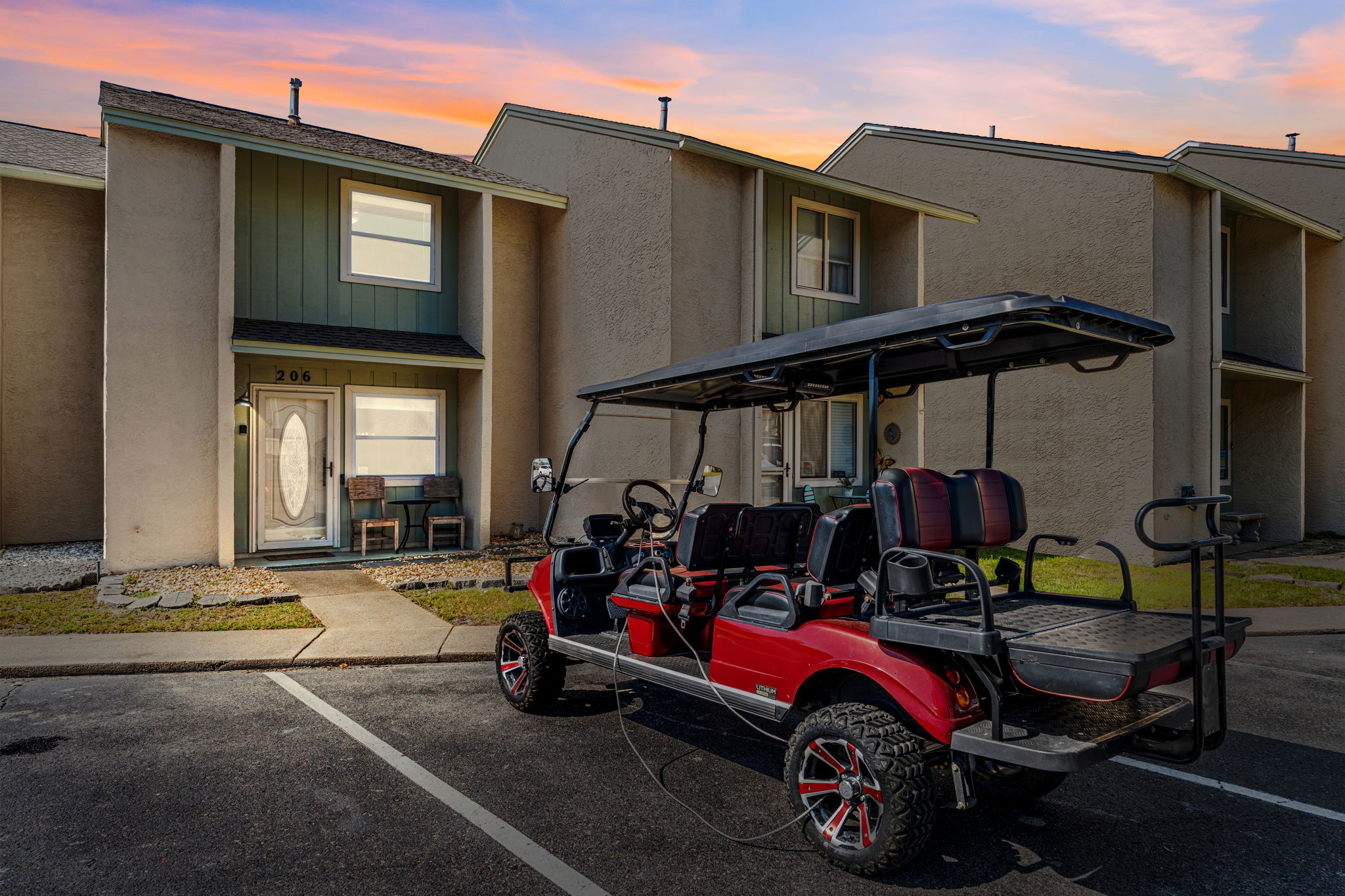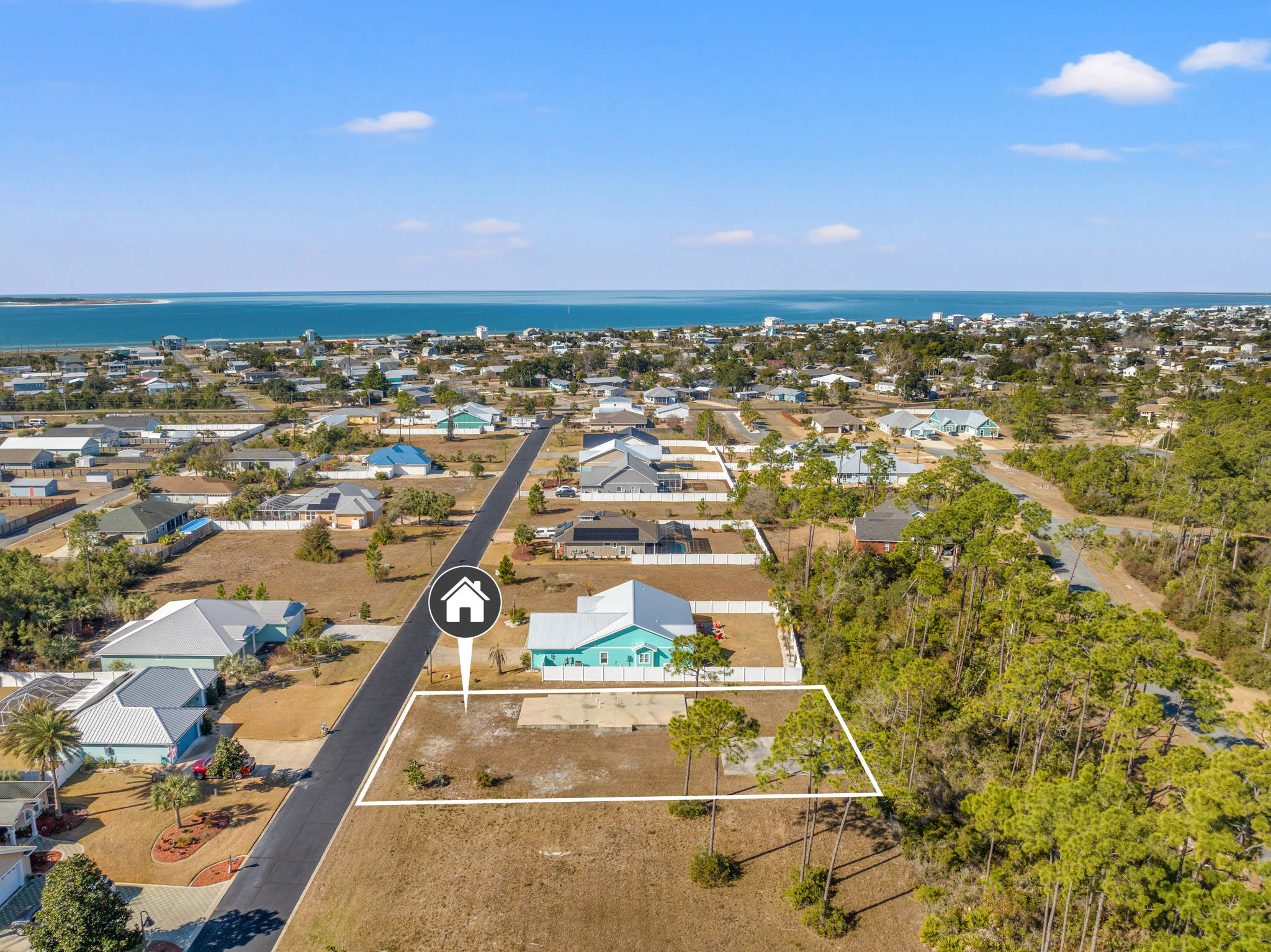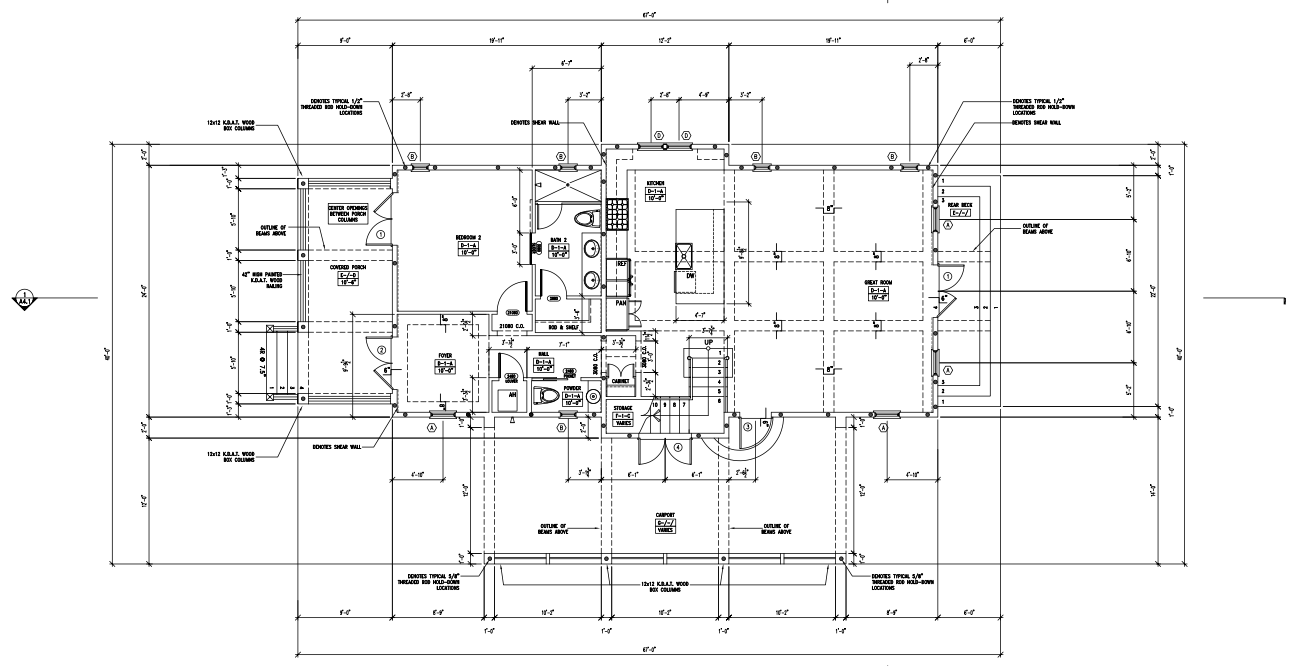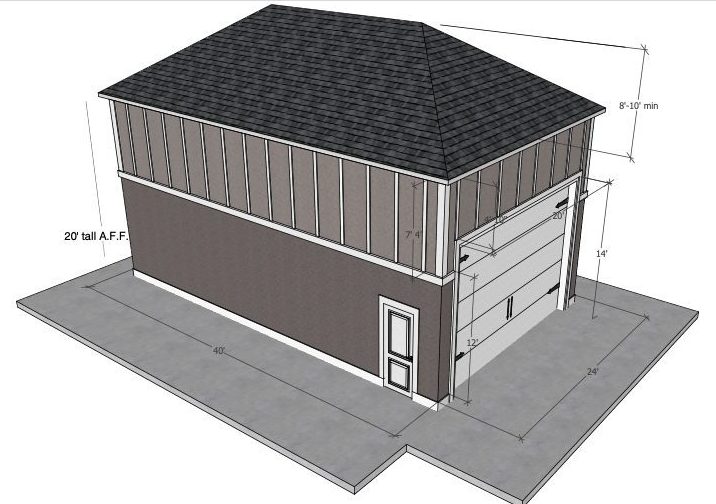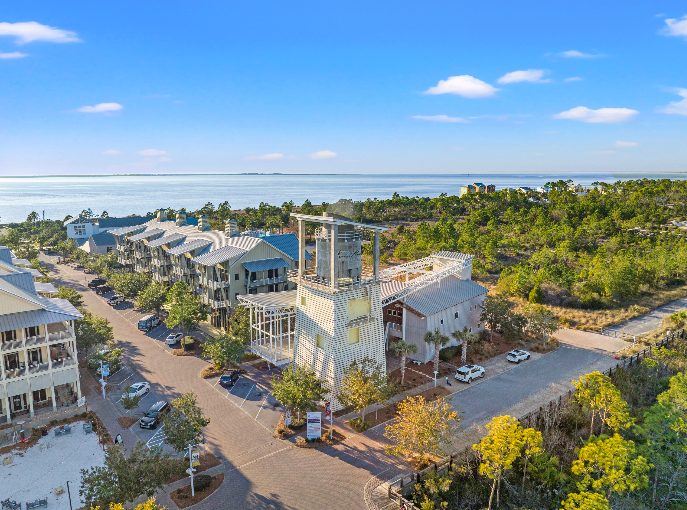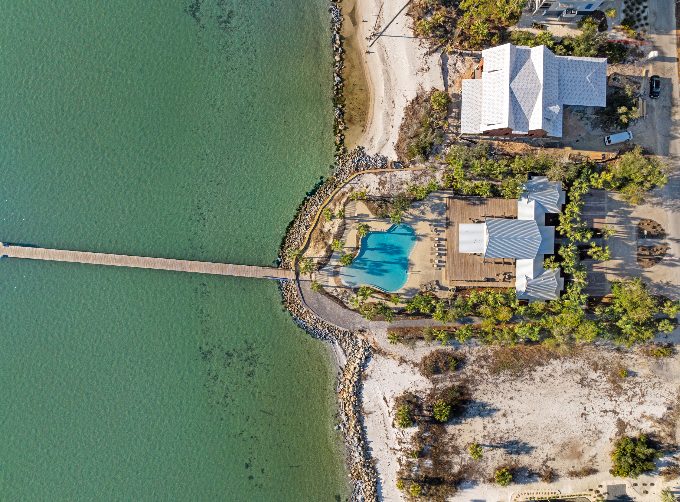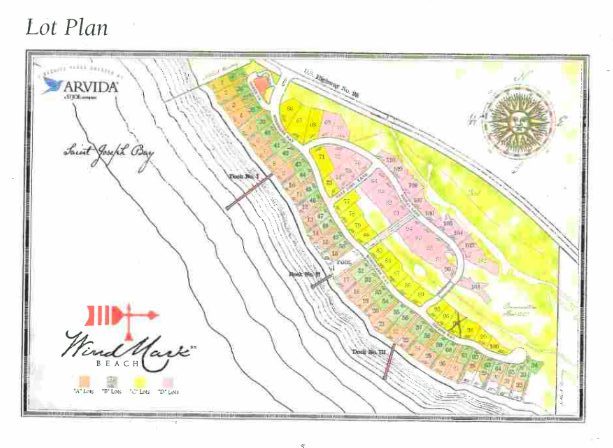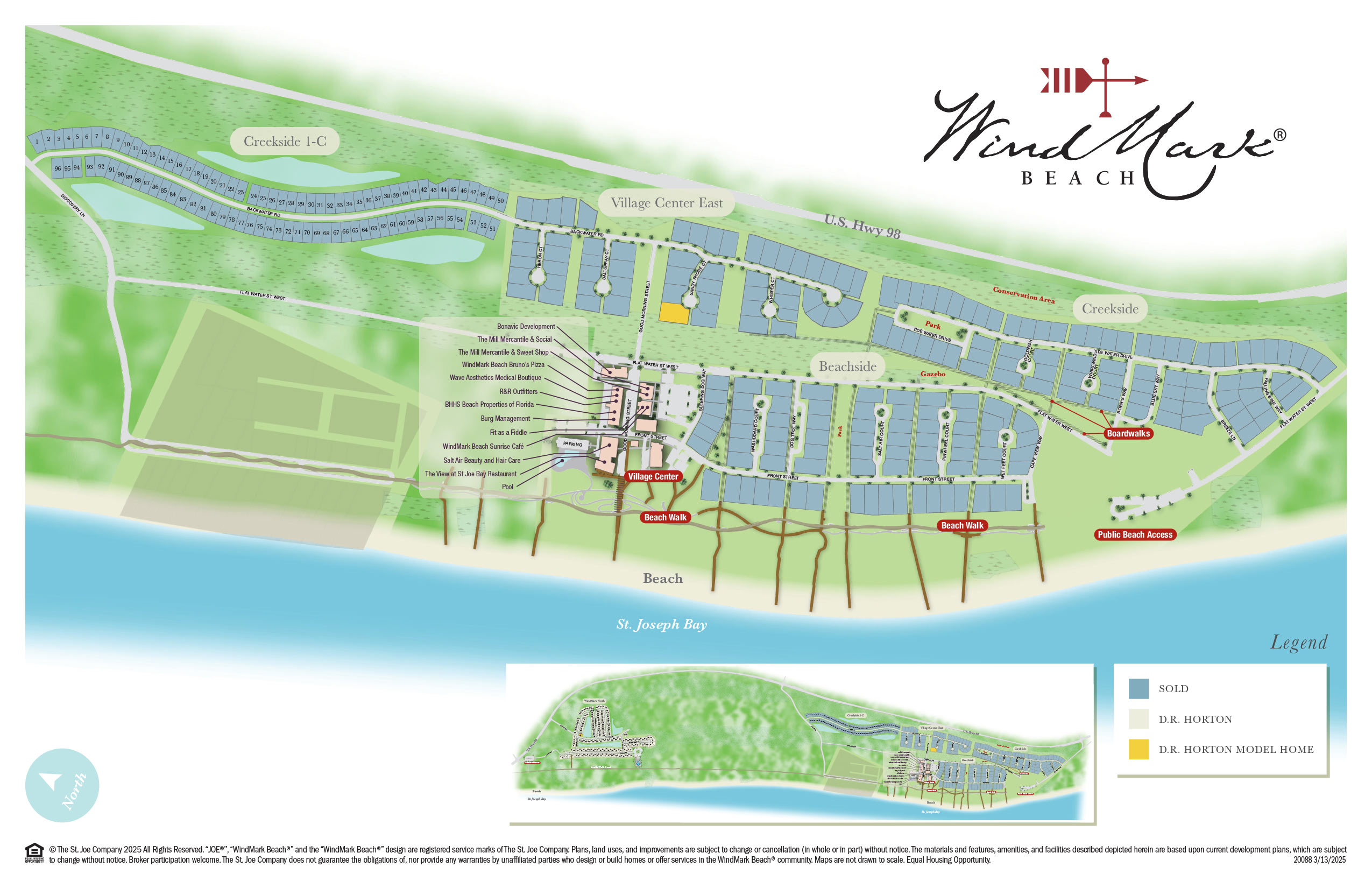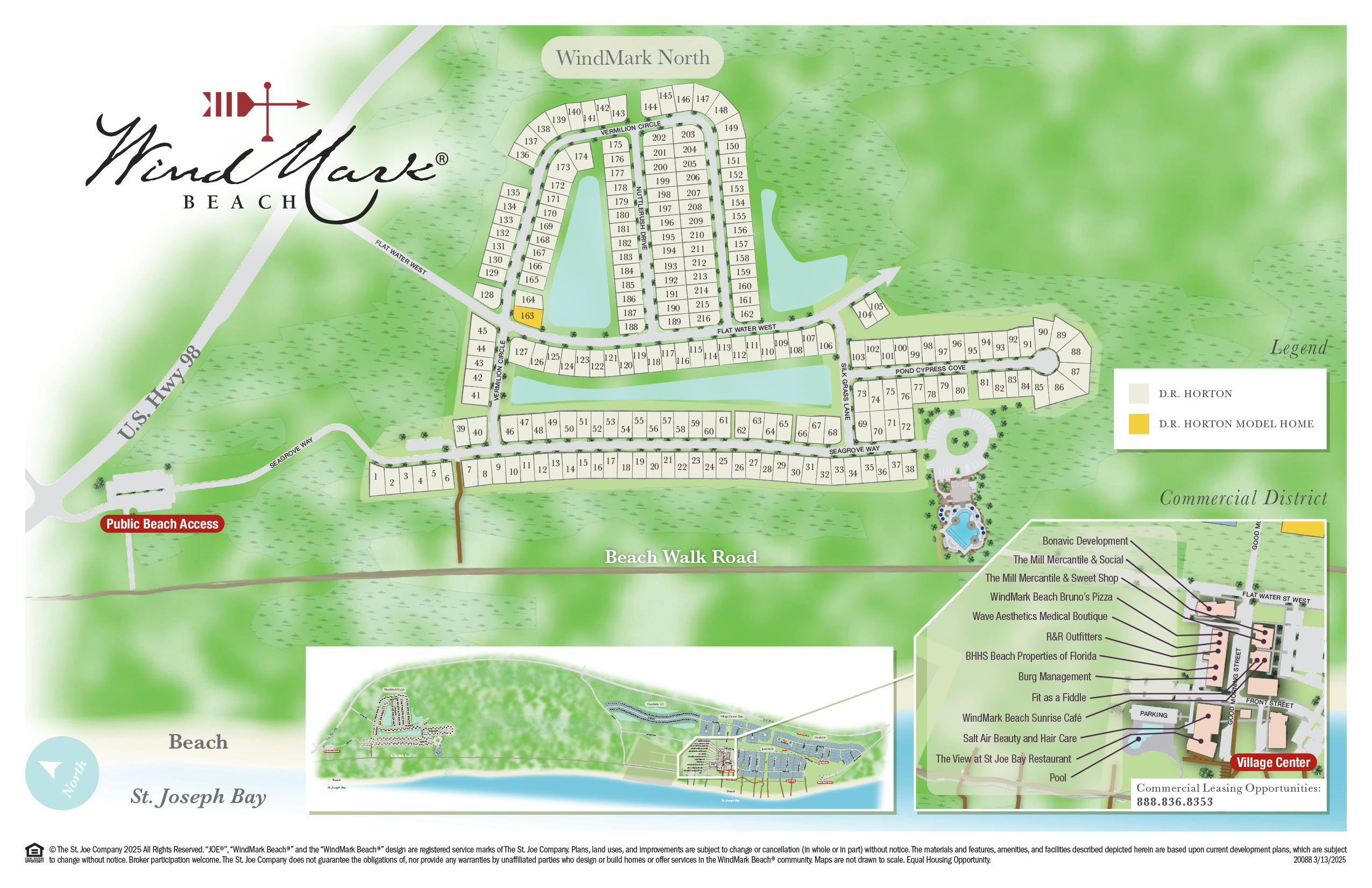Your Beachside Escape at Gulf Highlands Beach Resort
Welcome to your coastal getaway at 206 White Sandy Drive, a beautifully updated 2-bedroom, 2.5-bath waterfront townhome located in the highly desirable, gated Gulf Highlands Beach Resort. Whether you’re seeking a primary residence, vacation retreat, or investment opportunity, this gem offers comfort, convenience, and resort-style living all in one.
👉$309,900 Property Spotlight: 206 White Sandy Drive
$309,900 | 2 BED | 2.5 BATH | 1,044 SQFT | Price Reduced!
Take beachside living to the next level with this turnkey townhome in one of Panama City Beach’s most sought-after communities. Positioned near a convenient gate for quick access in and out, this unit is just steps from the sugar-white sands of the Gulf. Inside, you’ll find:
- ✨ Open and airy floor plan
- 🌊 Private canal-front backyard oasis
- 📍 Upstairs en-suite bedroom with water-view balcony
- ✅ Laundry area & half-bath on main floor
- 🏦 New roof installed in 2019
👉 Rental Projections: $28,000 – $32,000 annually
👉 BOOKPCB.com
👉 Gulf Highlands – 206.Condo Projection Report – Century 21 Ryan Realty BookPCB.com
Optional Golf Cart Rentals: $50/day or $300/week
Golf cart sold separately!
Gulf Highlands Beach Resort HOA DOCS
👉 2025 Budget
👉 2025 Rules & Regs
👉 BY-LAWS
👉 Declaration of Covenants & Restrictions
👉 Gulf Highlands Beach Resort – Amenities
👉 Utility Information
👉 Gulf Highlands Beach Resort Map
🏞️ Resort Amenities at Gulf Highlands Beach Resort
Enjoy access to 11 community pools, including a Gulf-front pool, and a wide variety of amenities:
- 🌊 Beach Pool (Gulf-front with tiki vibes)
- 🏋️ Gym with treadmills, ellipticals & weights
- 🎾 Tennis & Pickleball courts
- 🎳 18-hole Mini Golf Course
- 🏰 Shuffleboard courts
- ☕ Beach House Restaurant: Perfect for breakfast, lunch, and seaside snacks
- 🏦 Gated security with multiple entrances
- 🚗 Golf-cart-friendly community streets
📍 Location Perks
Gulf Highlands is situated in the heart of Panama City Beach, just minutes from:
🍽️ Dining:
- The Wicked Wheel
- Pineapple Willy’s
- Firefly
- Saltwater Grill
- Dee’s Hangout
🏚️ Entertainment:
- Shipwreck Island Waterpark
- WonderWorks
- Ripley’s Believe It or Not!
- Gulf World Marine Park
🌄 Nature & Parks:
- Conservation Park
- St. Andrews State Park
- Russell-Fields Pier
🚊 Shopping & Services:
- Walmart Supercenter
- Target
- Pier Park Shopping District
- Local salons, boutiques & beach gear shops
📅 A Vacation Lifestyle, Every Day
Living at Gulf Highlands offers so much more than just a home—it’s a lifestyle. With convenient access to water sports, fine dining, and endless entertainment, every day feels like a vacation. Whether you’re kayaking in the Gulf, relaxing on the beach, or cruising around on your golf cart, you’ll love calling this community home.
👉 Century 21 Ryan Realty, Danielle Kemp 📞 850‑896‑2487
👉 Frank Dalotto – DSCR Loan Specialist
👉 Maxwell-Daleiden – Mortgage Loan Originator
👉 Stacey Grimes – Mortgage Loan Originator
Equal Housing Opportunity. All information deemed reliable but not guaranteed, and subject to change. Buyer to verify HOA Information, zoning, building, and permitting requirements with local authorities.
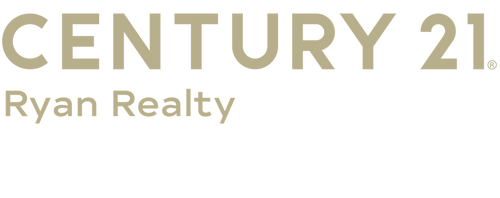
 Facebook
Facebook
 X
X
 Pinterest
Pinterest
 Copy Link
Copy Link
